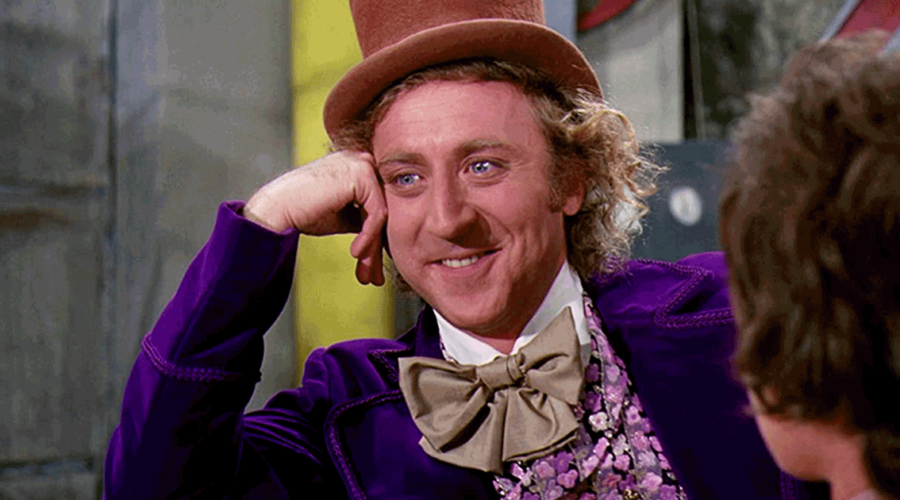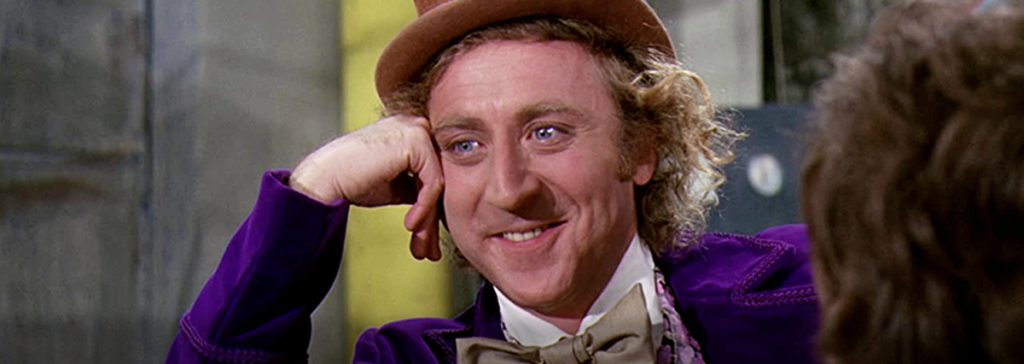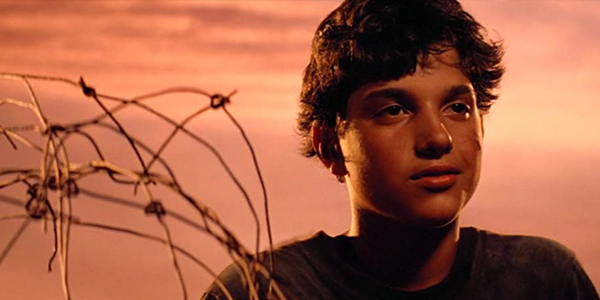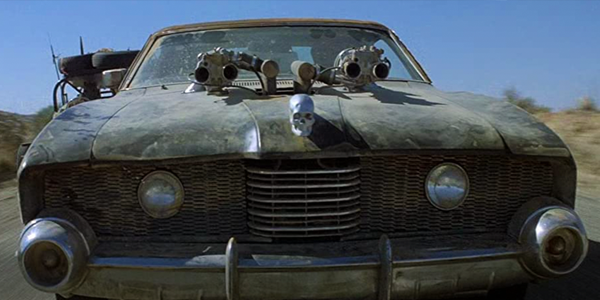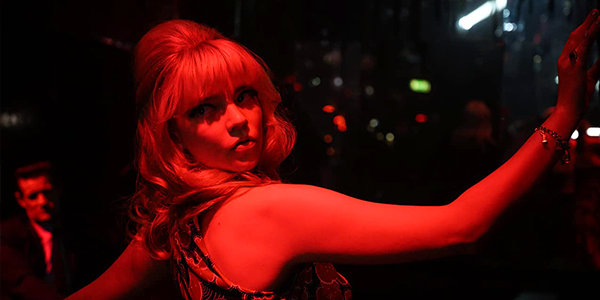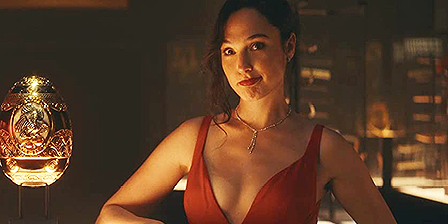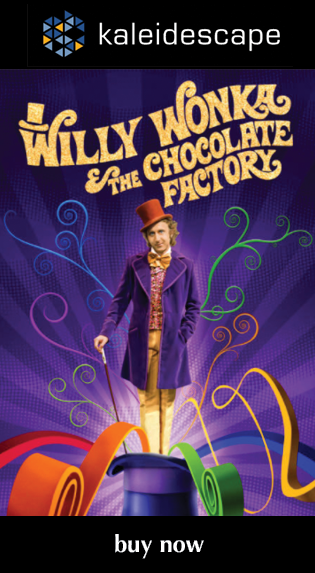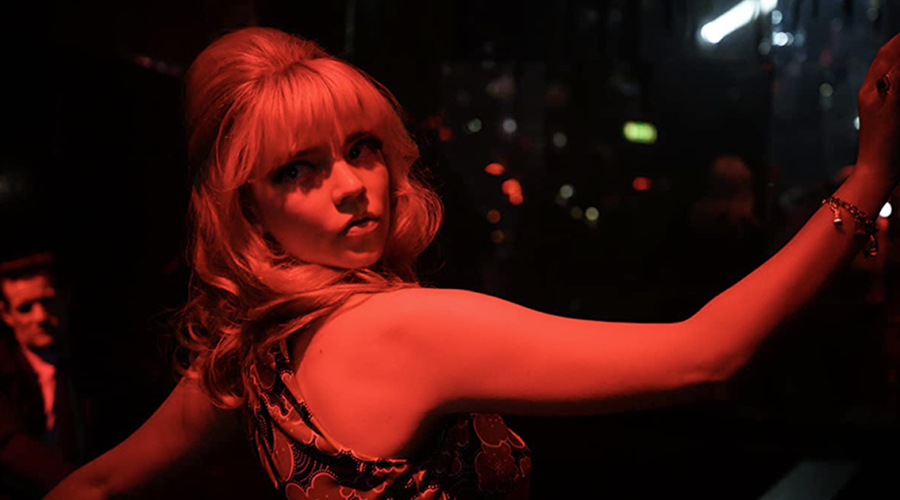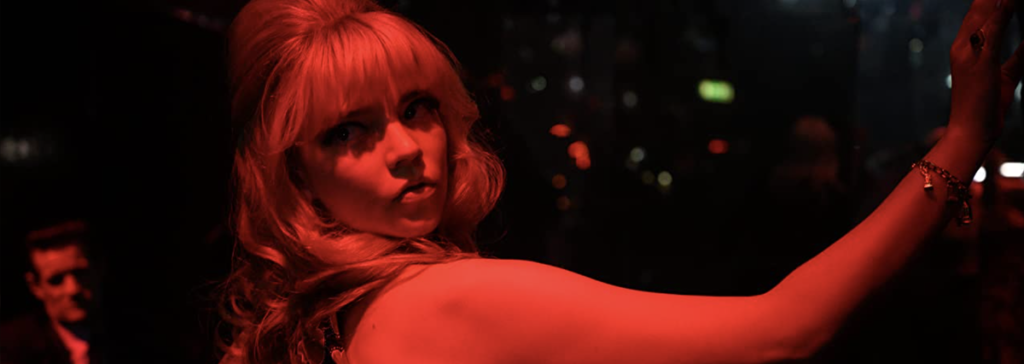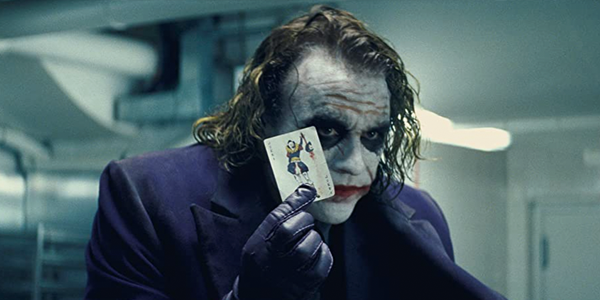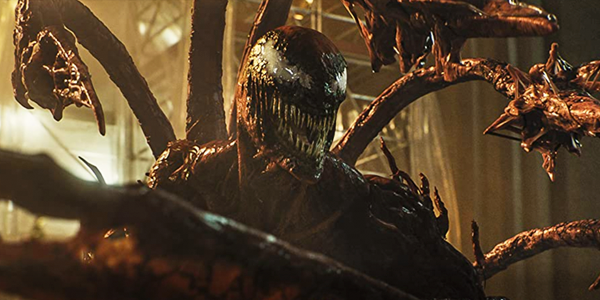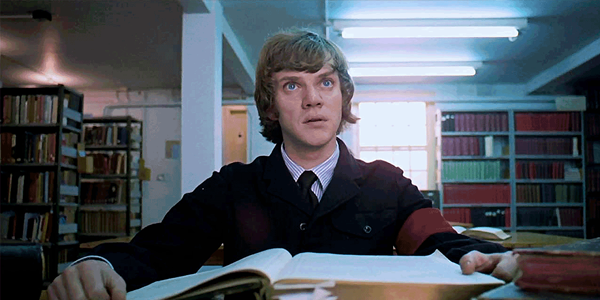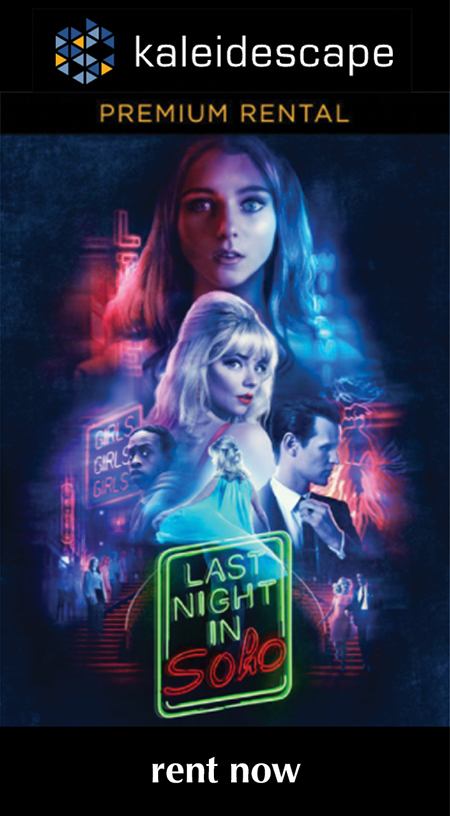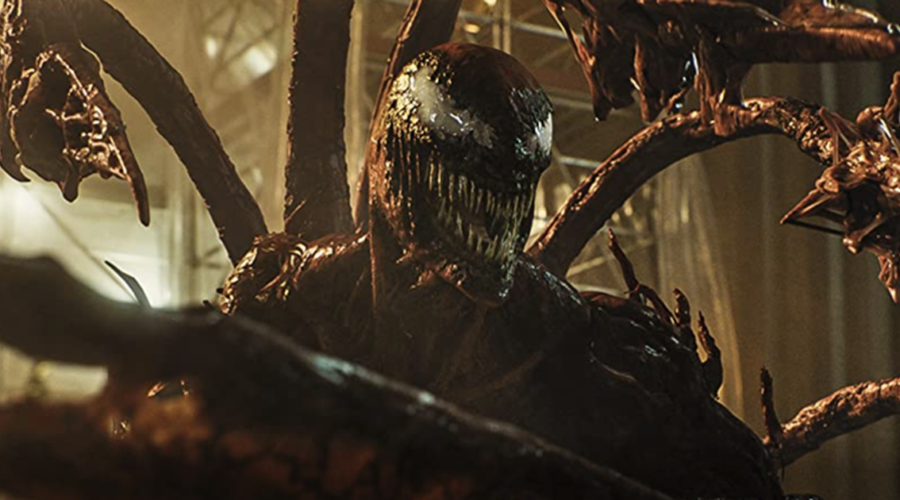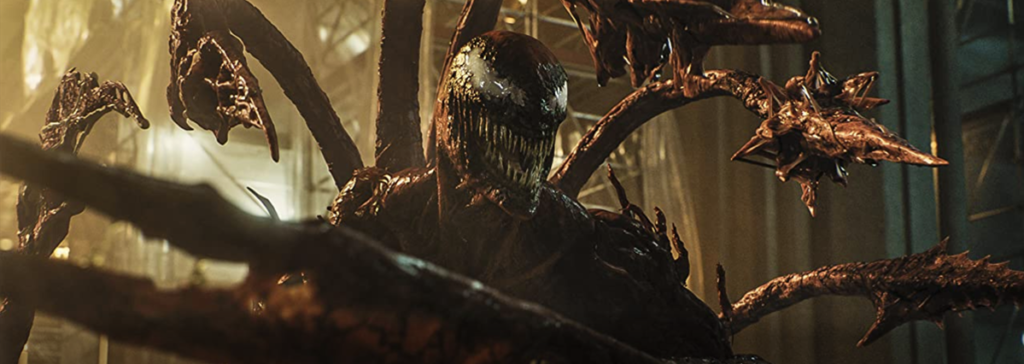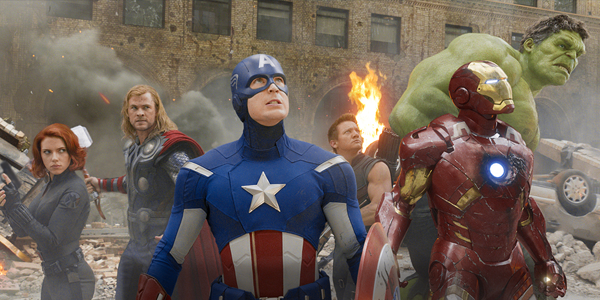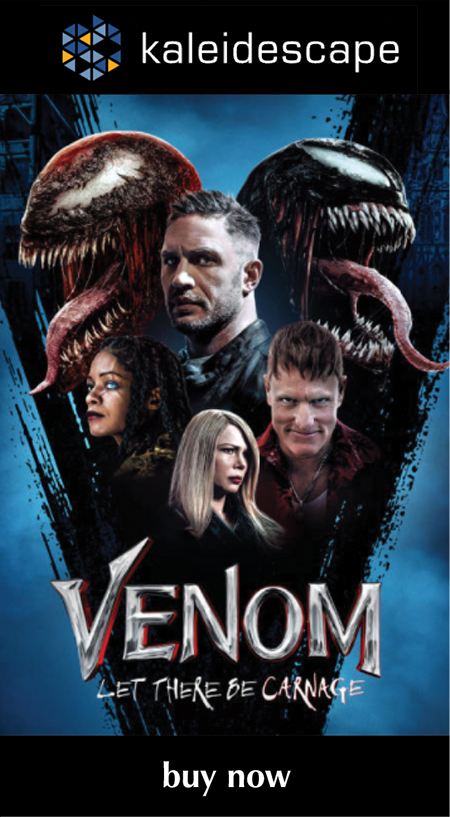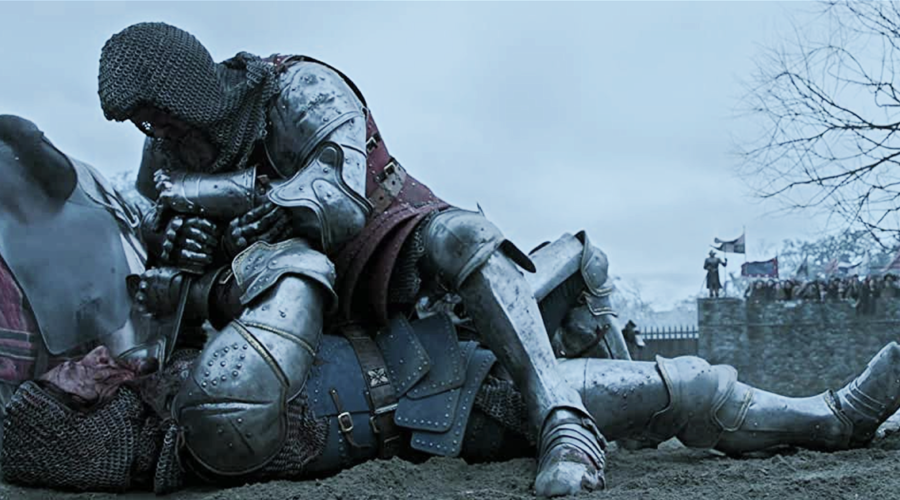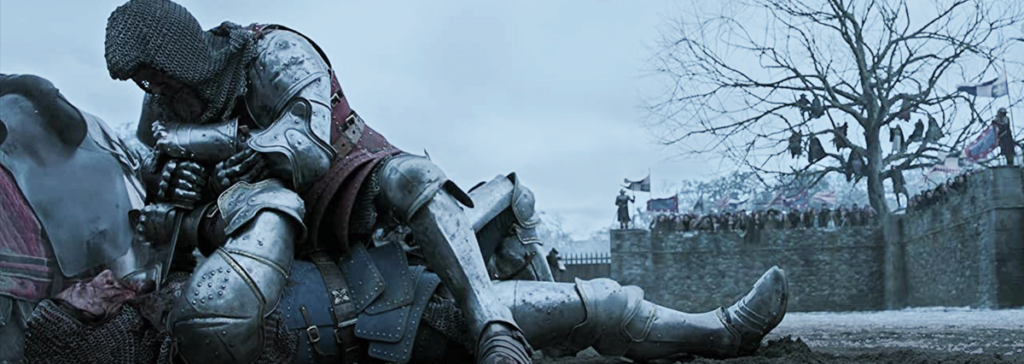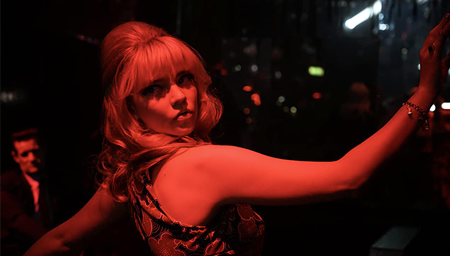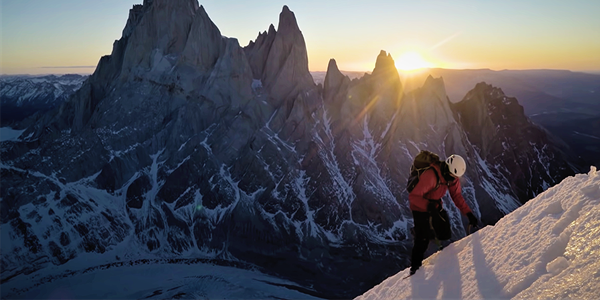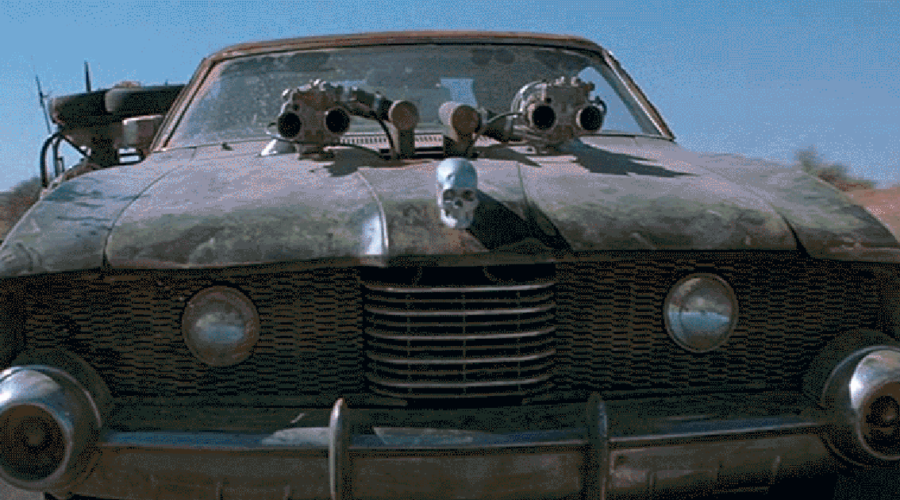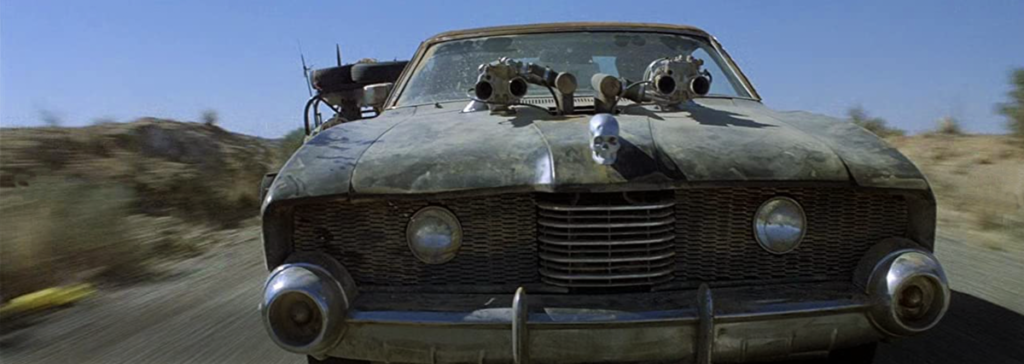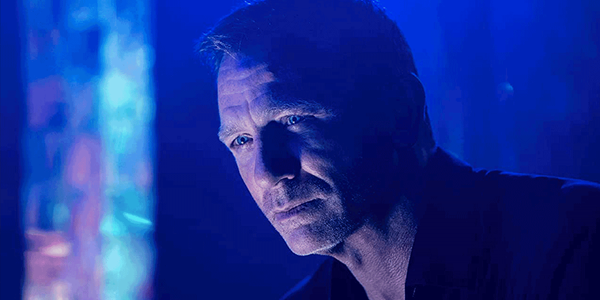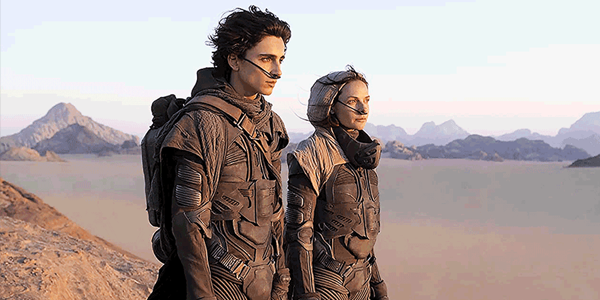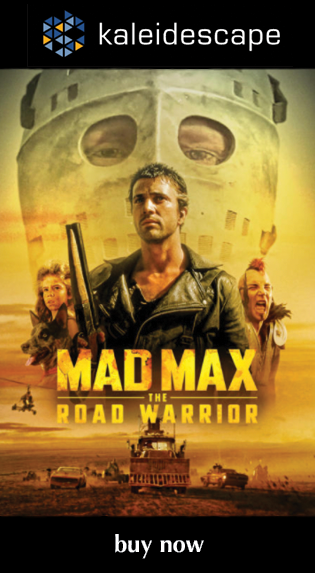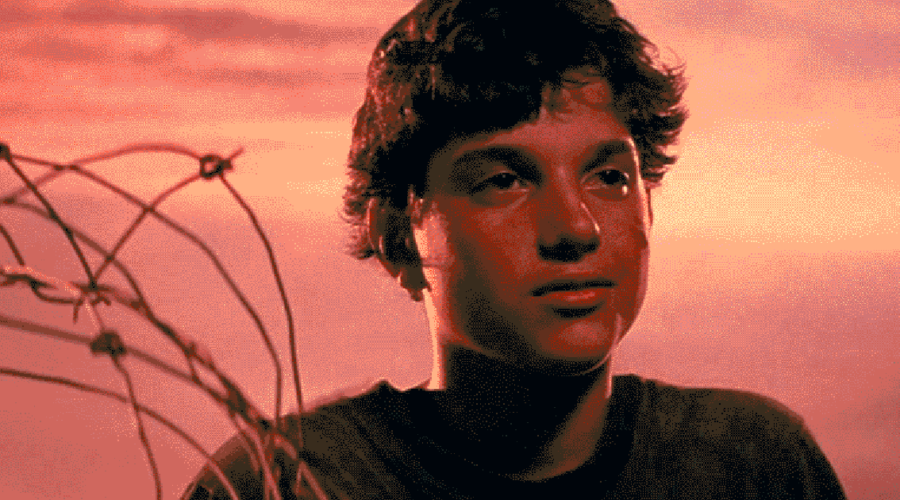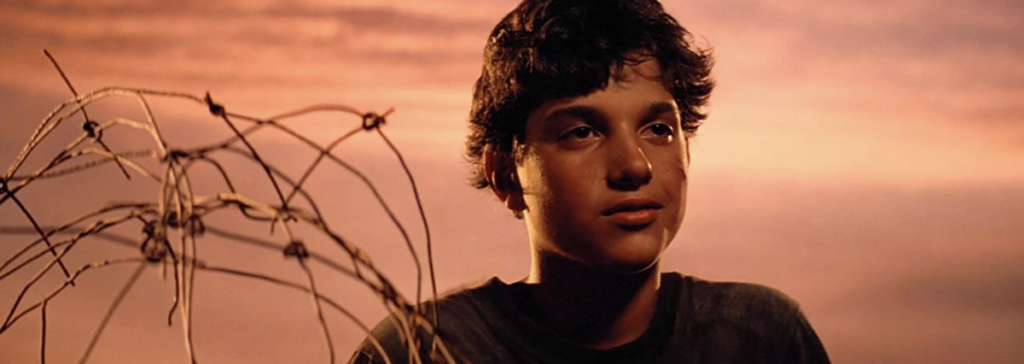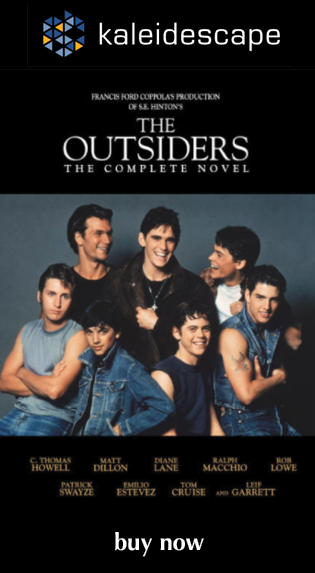Review: Willy Wonka & the Chocolate Factory
recent reviews
Sign up for our monthly newsletter
to stay up to date on Cineluxe
Gene Wilder’s take on the classic children’s tale definitely benefits from 4K’s added resolution and wider color gamut, and makes for a wonderful family-viewing experience
by John Sciacca
July 1, 2021
Growing up, Willy Wonka & the Chocolate Factory was one of my absolute favorite films. I was only one when it was originally released theatrically, but it made its TV debut on Thanksgiving Night, November 28, 1974 (and was shown again on Thanksgiving 1975 and again in May 1976) and I can remember those televised presentations being something I greatly looked forward to and that our family would plan an evening around to watch. (Remember those days of scheduled viewing before everything was just available instantly at the press of a button?)
It was so easy for young me to fantasize about being Charlie Bucket (Peter Ostrum) for those 100 minutes, rooting for him as he beats the odds to find the fifth and final Golden Ticket and wins the chance to go behind the closed and secret gates of one of the world’s greatest chocolate factories and meet the amazing Mr. Willy Wonka (Gene Wilder) with Grandpa Joe (Jack Albertson); and once inside, to rise above the shenanigans of all the bad little girls and boys to win the ultimate prize. The film’s ending then leaves it open to your imagination to ponder what might happen next and what the future holds for Charlie and his Chocolate Factory.
As a parent now with kids of my own, Willy Wonka is still a treasured favorite we return to regularly, and I can’t tell you how happy it makes me to come home and randomly find my daughter Lauryn watching it, pulling it up on our Kaleidescape and saying she just felt like watching it again.
For me, Willy Wonka is a perfect family film. It doesn’t try to cram in a lot of innuendo or double entendres going for a cheap adult laugh. Sure, there are jokes and quips between adults that young viewers might not understand, but isn’t that just life as a kid watching adults interact?
The kids are kids, not adults playing kids, and they all engender certain exaggerated qualities—the gluttonous German Augustus Gloop (Michael Bollner), who tries to eat everything in sight; the “I want it now!” spoiled brat Veruca Salt (Julie Dawn Cole); the perpetual gum-chewing Violet Beauregarde (Denise Nickerson); and the TV-obsessed Mike Teevee (Paris Themmen)—that make for easy lessons in bad behavior. At the center of it is Charlie, a poor boy doing what he can to help out his family, trying to do his best in a world that seems constantly stacked against him, and looking for a break. But even Charlie isn’t perfect, being tempted by the intoxicating bubbles of Wonka’s Fizzy Lifting drink.
There is just enough about the Chocolate Factory that is edgy and off-kilter to make it mysterious—“No one ever goes in, and no one ever comes out”—but not too scary. (Well, except for the boat ride on the Wonkatania, where there are those creepy images, including a sudden startling moment of a chicken getting its head chopped off.)
Then you have Wilder’s brilliant performance as Wonka. I can remember watching Wonka walking out of his factory for the first time, slowly limping along with a cane as he painfully ambles his way towards the gate, not knowing what to think of this mysterious figure who hadn’t been seen in public for years. Then in an instant, he appears to trip before performing a somersault and leaping up to greet the crowd with a big smile and open arms. It sets the whole mood for who he is. There is a manic look in Wilder’s eyes that, along with his crazy hair, makes him a believable confectionary genius, with splendid quips often mumbled to no one in particular. Even with his mischievous, quirky, and downright bizarre behavior, there is a tenderness in his performance that makes you feel Wilder’s Wonka really loves kids and has been rooting for Charlie to win, something I think Johnny Depp really missed in Tim Burton’s 2005 remake, Charlie and the Chocolate Factory.
I have been waiting for Willy Wonka & the Chocolate Factory to get a 4K restoration, and I’m happy to say it has definitely been worth it! The new 4K HDR transfer, taken from a 4K digital intermediate scan of the original 35mm film, looks gorgeous. Images are clean, sharp, and detailed throughout, looking like layers have been pulled away and giving you a glimpse into the Chocolate Factory likely better than what was shown in 1971. Right from the get-go, it’s clear that the picture has been refreshed and renewed in the best way.
Closeups can have startling detail. Shots of Grandpa Joe show singular wispy hairs flying off his head, and every pore and whisker on his face, and shots of Slugworth (Gunter Meisner) let you see the details on the scar on his cheek. You can practically read every word of fine print on the lengthy contract the kids have to sign before heading into the factory, with the tiny letters being sharp and defined, and see the fine detail, such as the check pattern on Violet’s dad’s jackets or the plaid of Veruca’s father’s suit, and make out the engraving on the coin Charlie finds in the gutter.
While the HDR grade is fairly modest, it lends a natural quality to images throughout. We do get some nice pop from the flashing of light off aluminum foil wrappers or the gleaming white shirt of Charlie’s science teacher. HDR also adds some depth to the Fizzy Lifting room, where Charlie and Grandpa Joe float up to the ceiling amidst a black background and chrome/steel grid, with iridescent bubbles floating everywhere. One scene that did seem a bit overblown was during the “Cheer Up, Charlie” song, where Charlie is walking in front of the moon and streetlights, which all had pretty clear blue rings around them. Whether this was from too much HDR or something in the original film, I can’t say.
What really benefits are the colors, which just pop, and are bright and vibrant, especially inside the factory and in the candy shoppe with its many brightly colored labels and candies. Things like the red-orange label of the Wonka bar or Wonka’s purple jacket really have more vibrancy. Skin tones also look natural, well, except for the Oompa Loompas, which are appropriately orange. There is a bit of film grain present, particularly noticeable in shots of powdery blue-grey skies, but it is never distracting, and certainly hasn’t been scrubbed away into softness.
Some of the sets—particularly the scene inside the factory with the chocolate river—look a bit dated. The enhanced clarity and resolution reveal that a lot of the props are, well, props, with some of the magic spoiled by the fact that you can actually see that the candy isn’t real and that some of the striping is just colored tape and that much of the ground cover is synthetic turf. Also, the compositing of images on TV screens—specifically when Charlie is watching Violet—also stand out a fair bit. However, most of the film holds up terrifically well, and the story is certainly timeless.
Sonically, this new 4K transfer gets a DTS HD-Master 5.1-channel mix that doesn’t break any new ground. Dialogue is kept well anchored to the center channel and is clear and intelligible throughout. We get a bit of width across the front, such as cars and trains passing far left/right outside the screen, or the ticking of a clock. The most dynamic aspect of the mix is the musical numbers, which get some room to breathe across the front speakers and even get a bit of bass extension for a nice and full presentation. If there were any actual “surround” sound effects, they were subtle enough to go unnoticed.
Willy Wonka & the Chocolate Factory is a terrific film that definitely benefits from 4K’s added resolution and wider color gamut, and makes for a wonderful family-viewing experience. As Mr. Wonka says, “Don’t forget what happened to the man who suddenly got everything he always wanted. He lived happily ever after.”
Probably the most experienced writer on custom installation in the industry, John Sciacca is co-owner of Custom Theater & Audio in Murrells Inlet, South Carolina, & is known for his writing for such publications as Residential Systems and Sound & Vision. Follow him on Twitter at @SciaccaTweets and at johnsciacca.com.
PICTURE | The 4K HDR transfer is gorgeous, looking like layers have been pulled away and giving you a glimpse into the Chocolate Factory likely better than what was shown in 1971.
SOUND | The most dynamic aspect of the conservative audio mix is the musical numbers, which get some room to breathe across the front speakers, and even get a bit of bass extension for a nice & full presentation.
© 2023 Cineluxe LLC
